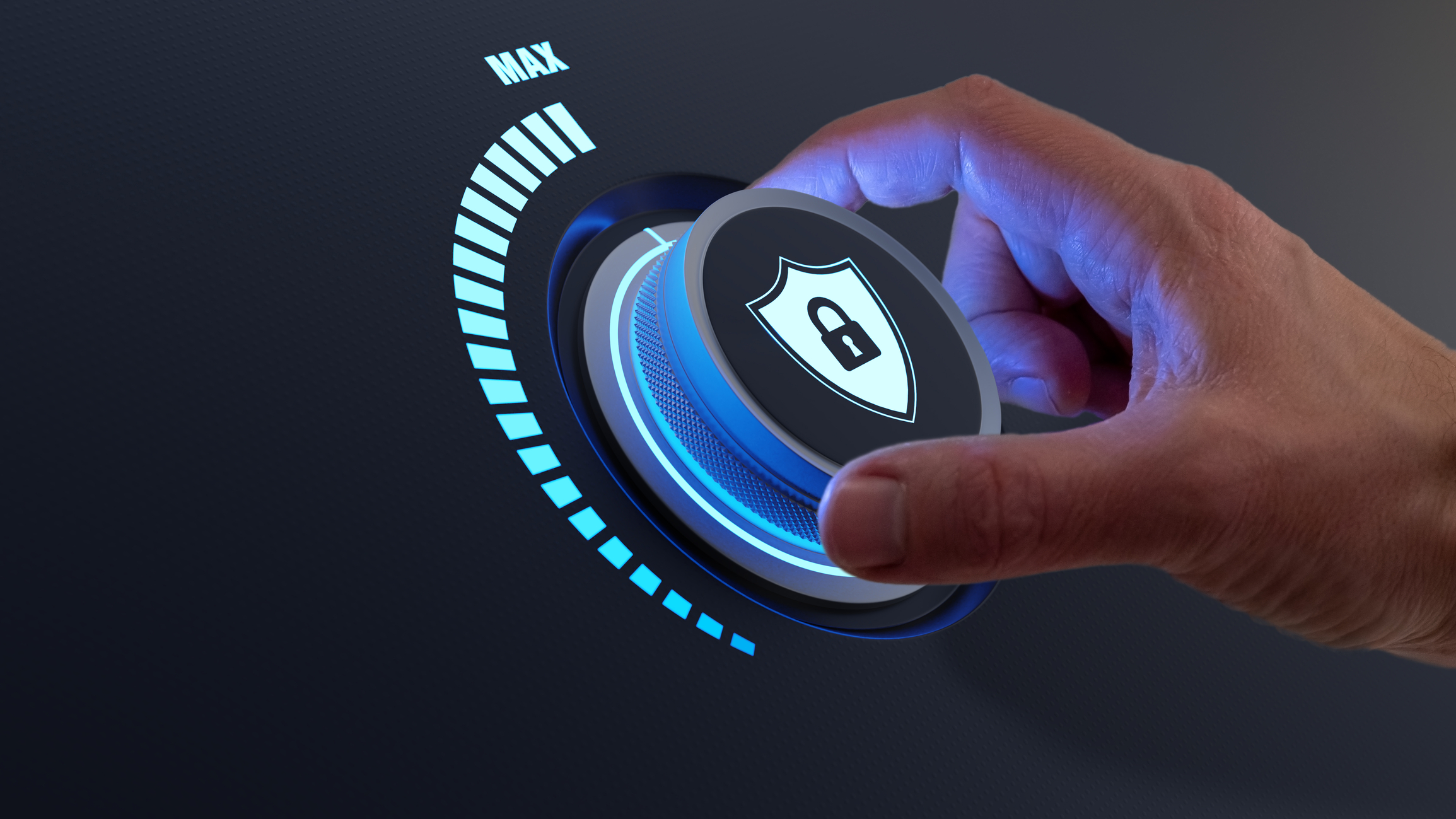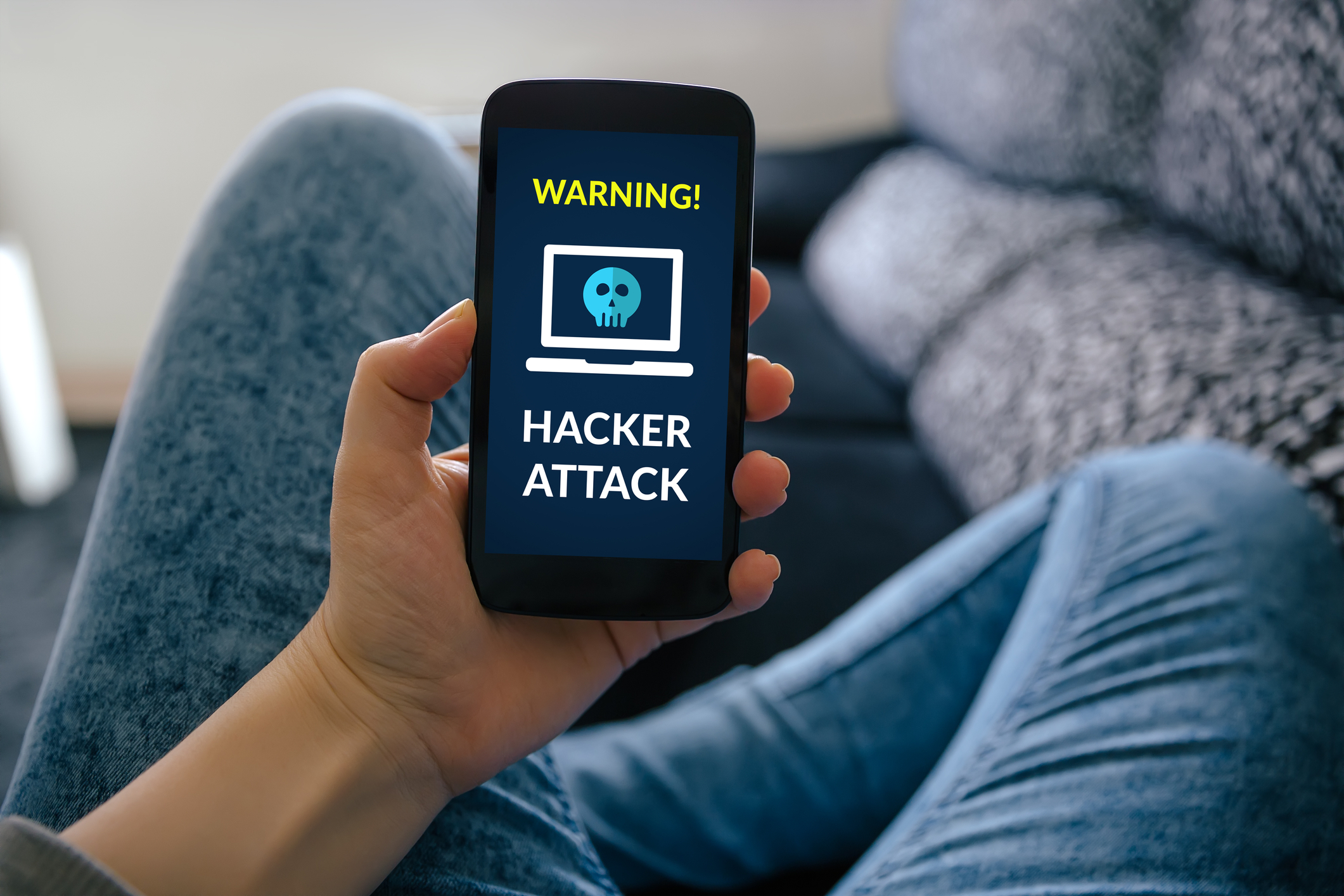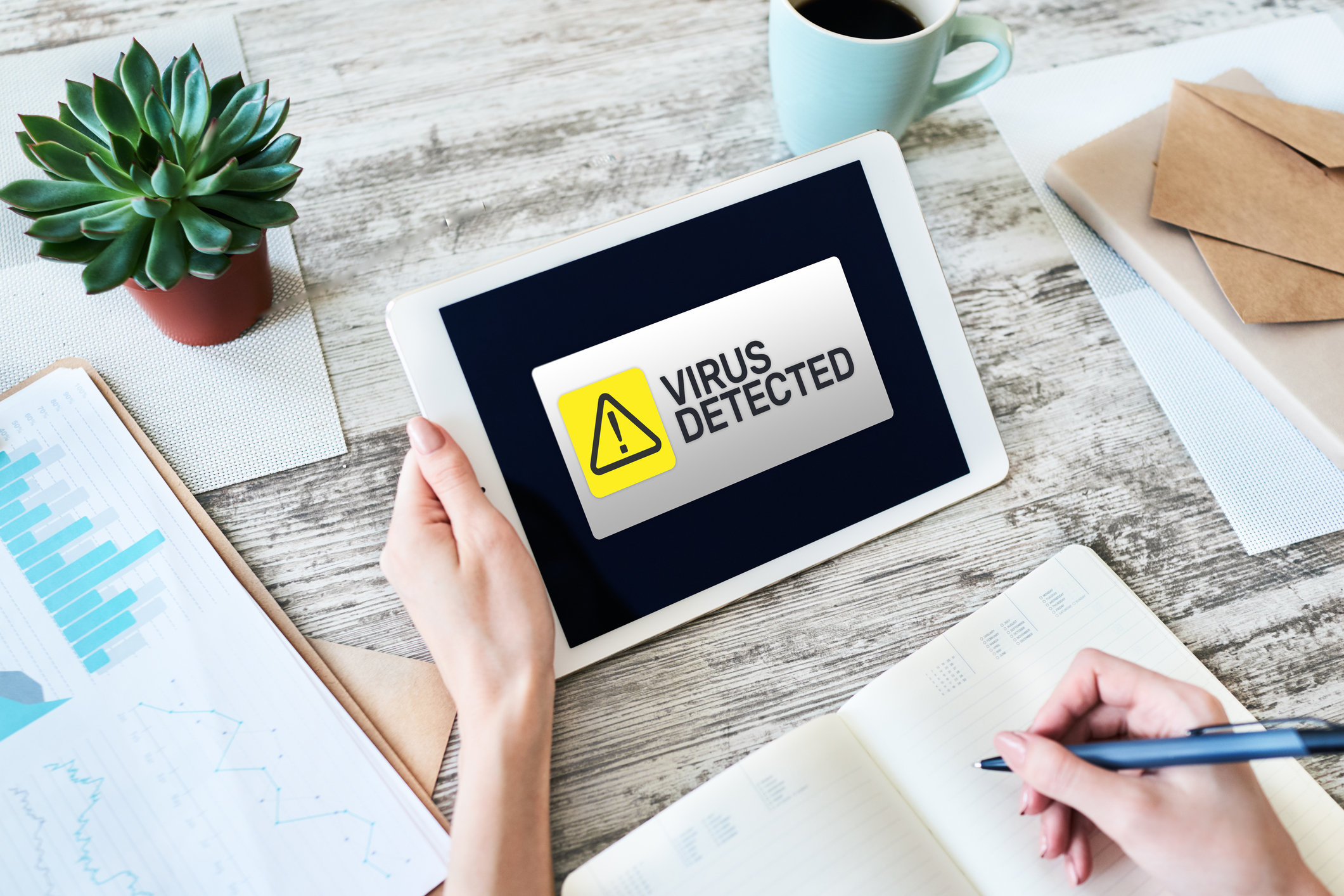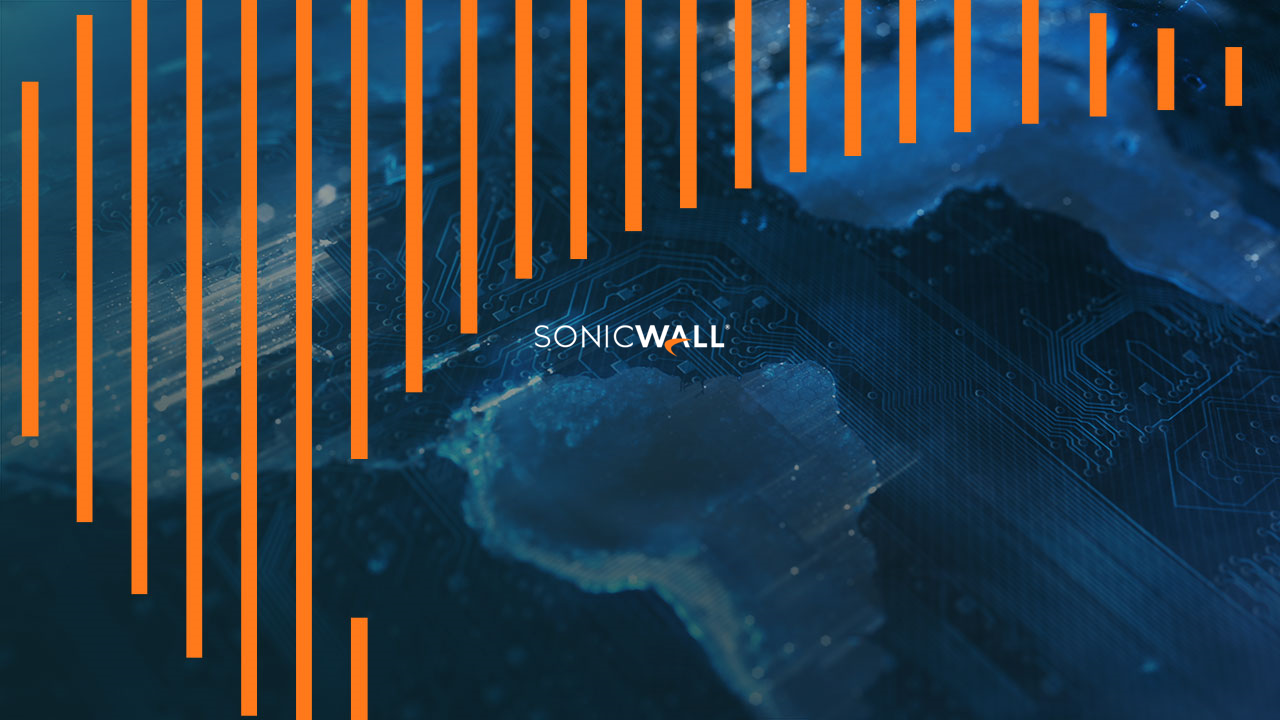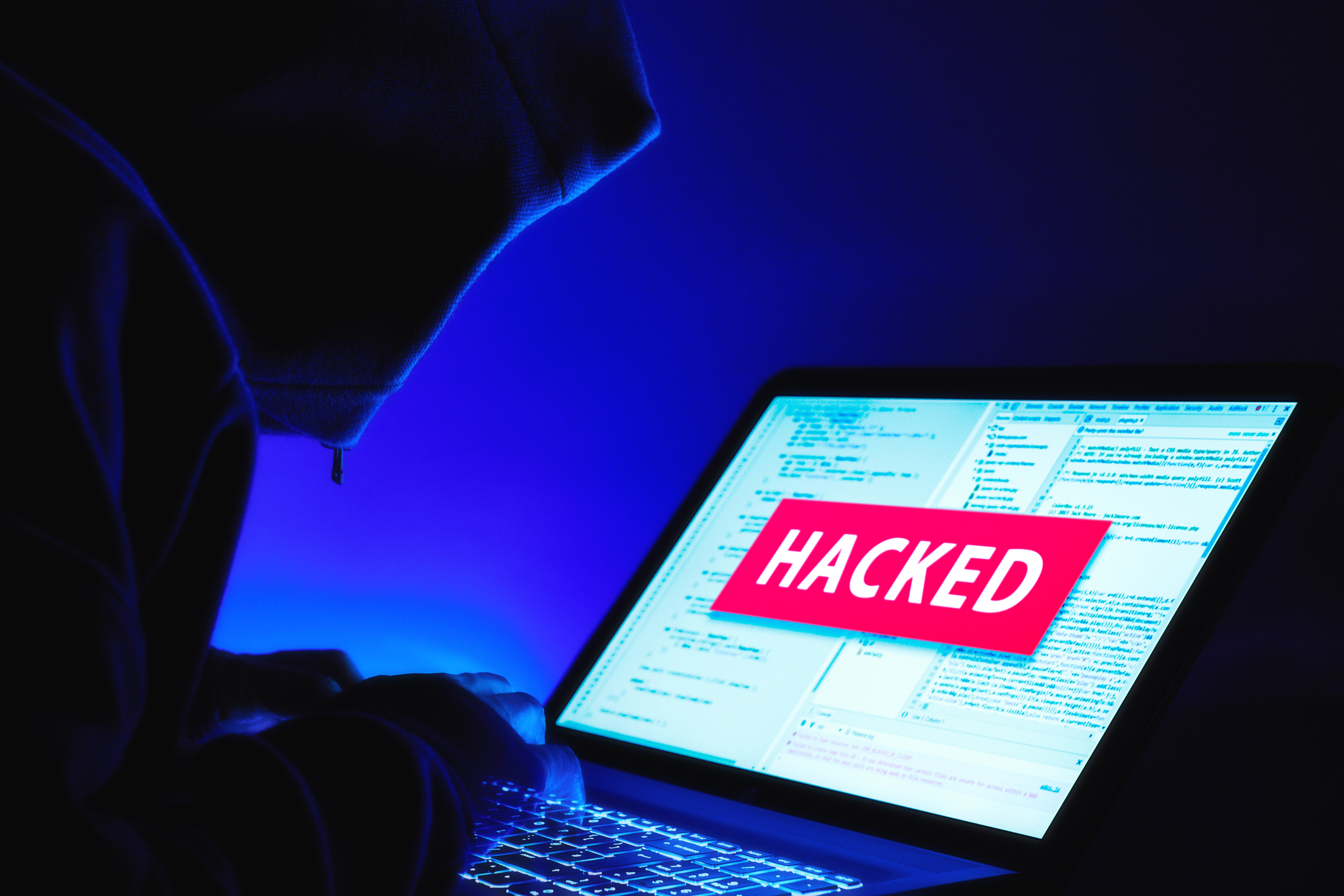Once upon a time in a bustling international airport, there lived a man named Tom. Tom was a weary traveler, a globe-trotter who had seen more airports and hotel rooms than he cared to count. His life had been a series of connections, both digital and physical. As he settled into the airport’s departure lounge, he couldn’t resist the urge to connect to the free, unsecured Wi-Fi network available. Little did he know that this seemingly innocuous decision would change his life forever.
Tom had a long layover ahead of him, and with a stack of work emails to catch up on, he fired up his laptop and quickly found the open network. Blissfully unaware of the dangers lurking in the digital realm, he immersed himself in his work.
Meanwhile, in a dimly lit room far away, a cunning hacker named Alex had been scanning the airport’s network for potential targets. The unsecured Wi-Fi was like a honeypot, attracting unsuspecting travelers. Alex, who thrived on the thrill of infiltrating others’ digital lives, couldn’t resist the temptation to exploit Tom’s vulnerability.
With practiced skill, Alex breached Tom’s laptop and gained access to all of his personal information. He rifled through Tom’s emails, financial records, and even his private photos. It was a digital invasion of Tom’s life, and the hacker reveled in the power it gave him.
As the hacker continued to snoop around, Tom’s laptop began to behave strangely. Files disappeared, and strange pop-up messages littered his screen. Tom was alarmed and called his friend, Mike, who had some expertise in computers.
“Mike, something’s not right with my laptop. It’s acting all wonky,” Tom said in a worried tone.
Mike, a tech-savvy friend, asked Tom about his surroundings and soon realized that Tom had connected to an unsecured Wi-Fi network. He immediately grasped the gravity of the situation.
“Tom, you might have been hacked,” Mike said, his voice tinged with concern. “You need to disconnect from that network right now and call BlissVector Tech. They’ll be able to help you.”
Tom disconnected from the compromised Wi-Fi, his heart pounding with anxiety. He found BlissVector Tech’s number online and dialed it, praying for a quick resolution.
A friendly voice on the other end of the line greeted Tom. “BlissVector Tech, this is Emily. How can I assist you today?”
Tom explained his predicament, describing the suspicious activities on his laptop. Emily assured him that they could help. She instructed Tom to download a reputable VPN (Virtual Private Network) application onto his laptop immediately. A VPN would encrypt his internet connection, making it extremely difficult for the hacker to spy on his online activities.
Tom quickly followed Emily’s instructions and installed the VPN application. Once the VPN was up and running, Tom’s internet connection was secured, and his digital activities were shielded from prying eyes. The hacker’s access was effectively thwarted.
Overwhelmed with relief, Tom thanked Emily profusely. She also recommended that he change all his passwords and enable two-factor authentication on his accounts to enhance his digital security.
As the hours passed, Tom continued to work on his laptop, but this time, he felt a sense of security he hadn’t known before. His newfound knowledge about cybersecurity and the protection provided by the VPN gave him a renewed sense of confidence in the digital world.
Alex, the hacker, watched in frustration as his efforts to regain access to Tom’s laptop were thwarted by the newly installed VPN. Frustrated and disheartened, he eventually gave up on his malicious endeavor and moved on to find other, less protected targets.
With the VPN safeguarding his online presence, Tom’s layover passed without further incident. He marveled at the incredible difference a simple security measure had made. The experience had opened his eyes to the importance of cybersecurity in an increasingly connected world.
Tom’s flight eventually boarded, and as he settled into his seat, he couldn’t help but reflect on the turn of events. He had gone from being an unwitting victim to a vigilant guardian of his digital life. Thanks to BlissVector Tech and the power of a VPN, Tom had emerged from this cyber battle unscathed.
The alternate ending to Tom’s story saw him returning home safely, his laptop and personal data intact. He began taking cybersecurity seriously, educating himself about online threats, and keeping his online defenses strong. Tom’s newfound knowledge empowered him to navigate the digital world securely and confidently. He would go on to share his story with friends and family, spreading awareness about the importance of online security.
From that day forward, Tom continued to use a VPN whenever he connected to the internet, both at airports and in the comfort of his home. He was living an awesome and cyber-secure life, knowing that he had the tools and knowledge to protect his digital presence from prying eyes and malicious hackers.
In this tale of modern technology and vigilant defense, Tom’s journey had transformed him from a vulnerable traveler into a cybersecurity advocate, showing the world that with the right precautions, anyone can have a secure and cyber-resilient life.
Be like Tom and call BlissVector Tech today and secure your IT assets. Don’t let those silent threats hack into your precious data and wreak havoc, call 310.975.4151 or [Click Here] to schedule your free 30-minute consultation.




